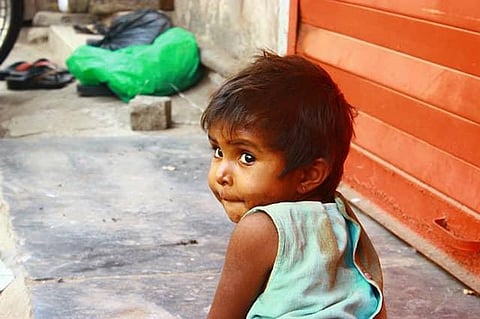The PEW survey divided the world population into five categories based on their income levels: Poor, Low income, Middle income, Upper-middle income and High income. It categorized people with per capita daily earning less than $2 under "Poor". Similarly, people earning between $2.01 and $10 were put under "Low income" and those earning between $10.01 and $20 were put under "Middle income". The people with per capita income above $20 and up to $50 were put under "Upper-middle income" and those earning above $50 were put in "High income" category.


